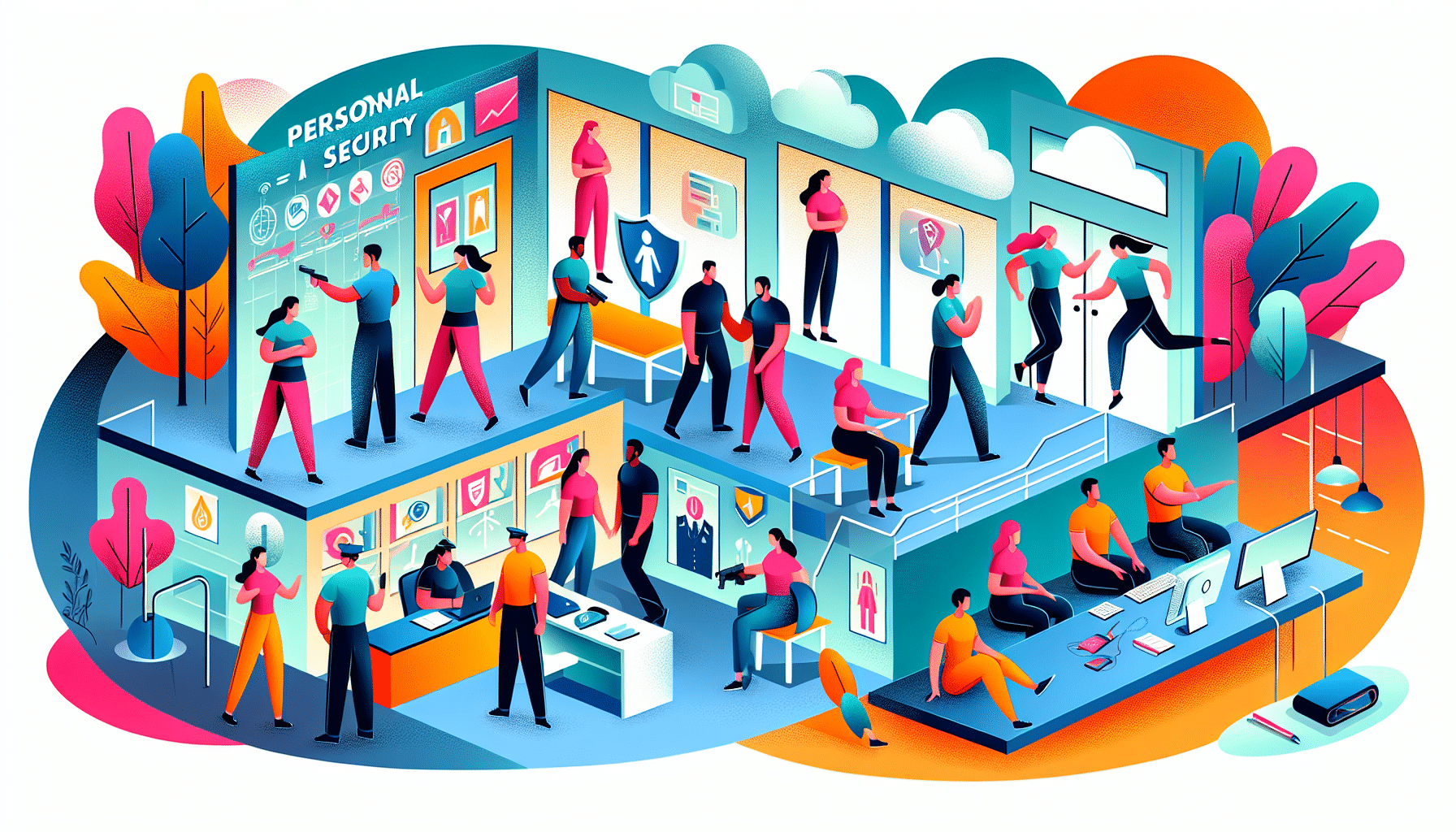Introduction to Seafarer Licensing Programs
Seafarer licensing programs are crucial for the maritime industry, ensuring that all personnel aboard vessels are adequately trained and certified to meet international standards. These programs cover a wide range of certification courses, from basic safety training to advanced navigation skills, tailored to enhance the competency of seafarers and guarantee safe and efficient maritime operations.
Understanding the Importance of Seafarer Licensing
Seafarer licenses are mandatory for anyone who wishes to work aboard commercial ships. Licensing ensures that seafarers have met the stringent requirements set by international maritime organizations, such as the International Maritime Organization (IMO) and the International Convention on Standards of Training, Certification and Watchkeeping for Seafarers (STCW). These standards help maintain safety at sea, protect the marine environment, and ensure that seafarers are prepared for the challenges of maritime operations.
Benefits of Obtaining a Seafarer License
Individuals with a seafarer license benefit from greater job security, potential for career advancement, and often, higher wages. Furthermore, licensed seafarers are globally recognized, which opens up international job opportunities, thereby broadening career horizons significantly.
Types of Seafarer Licenses
Seafarer licenses vary depending on the duties and role of an individual on a ship. Here are the main types of seafarer licenses:
Deck Licenses
This category includes licenses for all navigational officers, including the captain/master, chief officer, and other junior officers who are responsible for navigating the ship and managing cargo operations.
Engine Licenses
Engine licenses are for marine engineers responsible for operating and maintaining a ship’s machinery. This includes the chief engineer, second engineer, and other engineering officers.
Crew Licenses
Crew licenses are for ratings such as able seafarers, ordinary seamen, and other crew members who support the day-to-day operations of a ship.
Seafarer Licensing Program Curriculum
The curriculum for seafarer licensing is comprehensive, encompassing both theoretical knowledge and practical skills required in modern maritime practices. The courses generally include:
Basic Safety Training
This is a foundational course required for all seafarers, covering basics like fire fighting, personal survival techniques, first aid, and personal safety and social responsibilities.
Advanced Fire Fighting
An advanced course for handling fire emergencies on board ships. It is essential for all senior officers and crew.
Navigational and Operational Training
This course covers the skills necessary for safe navigation and operation of the ship, including the use of radar, Electronic Chart Display and Information System (ECDIS), and other navigational aids.
Engine Room Management
Focuses on the aspects of managing a modern engine room, including troubleshooting and maintenance of maritime engines and related systems.
How to Enroll in a Seafarer Licensing Program
Enrollment in a seafarer licensing program requires candidates to meet specific prerequisites. These typically include a minimum age, physical fitness standards, and a basic understanding of maritime operations. Prospective students must apply through accredited maritime academies or institutions recognized by their country’s maritime authority.
International Recognition and Mobility
Once obtained, most seafarer licenses are recognized internationally, thanks to treaties like STCW. This allows licensed seafarers to work on vessels flagged by different countries, providing significant mobility and flexibility in employment.
Conclusion
Seafarer licensing programs form the backbone of the maritime workforce, ensuring safety, efficiency, and compliance with international standards. For aspiring maritime professionals, obtaining a seafarer license not only provides accreditation but also enhances career prospects significantly, making it a worthy investment for a secure and prosperous future in the maritime industry.









